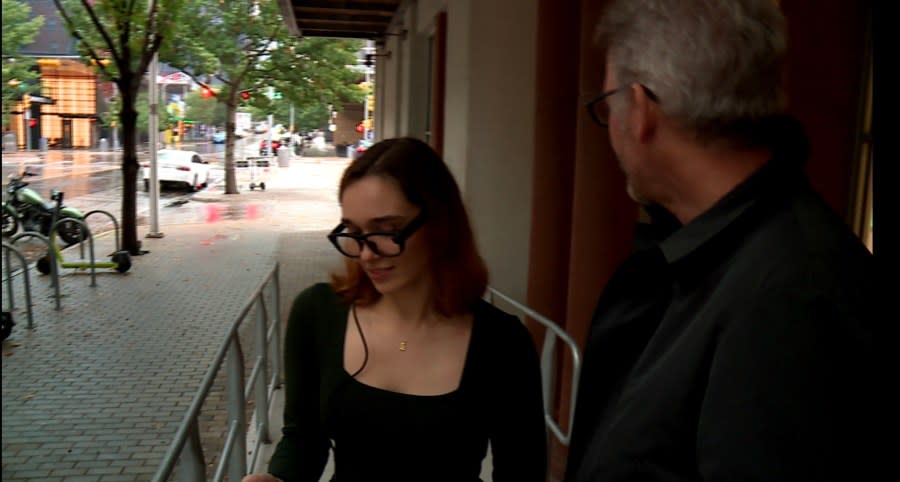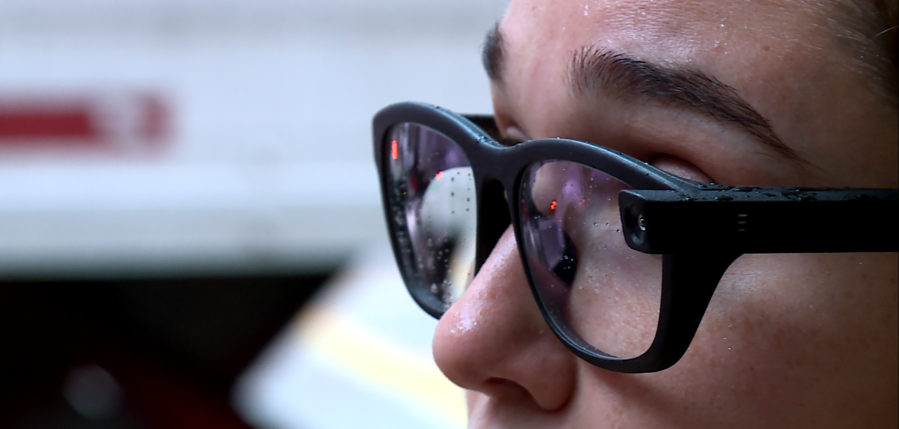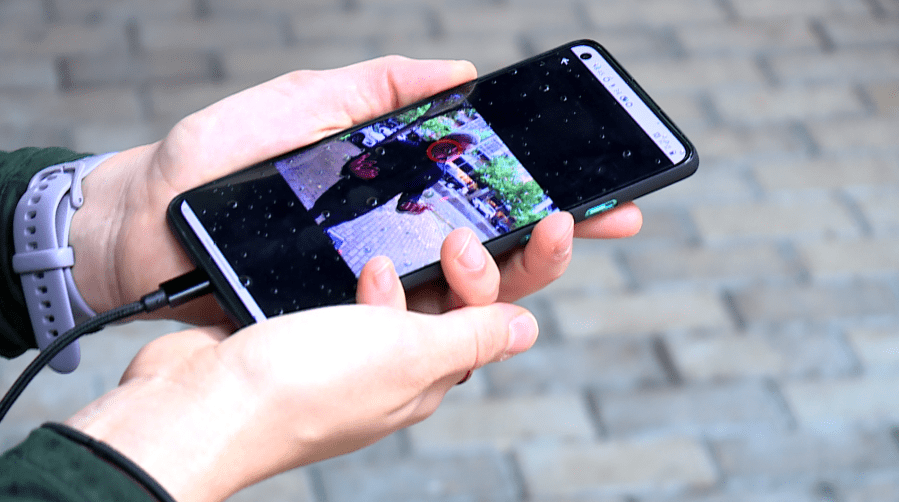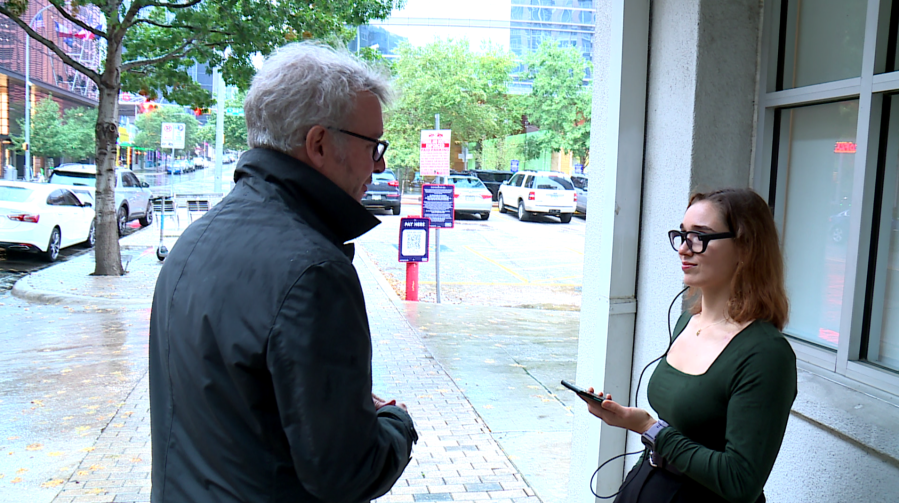Project Connect explores how to remove mass transit pinch points in light rail design

AUSTIN (KXAN) — With Austin Transit Partnership advancing environmental and design work on the city’s upcoming light rail system, project heads spoke Wednesday about how they’re using specialty technology to see the transit experience through the eyes of its users.
KXAN spoke with ATP last month about specialty tech eyeglasses employed to help track users’ journeys through Austin’s current mass transit system. ATP worked with 14 volunteers from a range of backgrounds and user experiences to track biometric sensors, such as the number of steps they took accessing transit, where their eyes looked during the process as well as their heart rate, body temperature and perspiration levels.
The Austin Transit Partnership utilized specialty tech glasses that help track different biometric sensors, including how many steps users take while using mass transit, where their eyes look while accessing bus or rail services as well as their body temperature, heart rate and perspiration. (KXAN Photo/Tim Holcomb) The Austin Transit Partnership utilized specialty tech glasses that help track different biometric sensors, including how many steps users take while using mass transit, where their eyes look while accessing bus or rail services as well as their body temperature, heart rate and perspiration. (KXAN Photo/Tim Holcomb) The Austin Transit Partnership utilized specialty tech glasses that help track different biometric sensors, including how many steps users take while using mass transit, where their eyes look while accessing bus or rail services as well as their body temperature, heart rate and perspiration. (KXAN Photo/Tim Holcomb) The Austin Transit Partnership utilized specialty tech glasses that help track different biometric sensors, including how many steps users take while using mass transit, where their eyes look while accessing bus or rail services as well as their body temperature, heart rate and perspiration. (KXAN Photo/Tim Holcomb)
During a virtual open house meeting Wednesday, Peter Mullan — ATP’s executive vice president of architecture and urban design — said all of those metrics help paint the picture for what the transit system experience is for different users. He added it also highlighted the need to design a system around diverse experiences, such as people traveling with children or those with a physical disability or impairment that impacts their transit engagement.
Anna Muessig is a director at Gehl, an urban research and design consulting firm ATP is working alongside. Muessig said Wednesday developing a people-focused approach in the light rail’s design “prioritizes quality of experience at eye level,” meaning design is accessible and taps into people’s primary senses to make the process smooth and intuitive.
RELATED: How specialty glasses are helping design Austin’s light rail system
Muessig said that approach applies not only to the design of light rail itself, but the system it exists in. That system includes anything from the surrounding streets, trees and shaded areas, sidewalks and passageways that help people access transit as well as some of the destinations or landmarks nearby.
Some key findings from its tech eyeglasses experiment included the need to integrate transit with the surrounding space, more evenly distributing tree cover and shades sources across the city and minimizing transfer distances so people don’t have to wait a long time to cross roadways or move from one public transit mode to another.
Some areas in Austin that already see higher volumes of transit users include South Congress and the University of Texas Austin neighborhoods. These regions feature “active facades,” or many shops, businesses or public-centric community spots, as well as are areas with higher concentrations of pedestrians and cyclists.
Feedback gathered from Wednesday’s open house — part of a series of community meetings held this fall — will factor into further light rail design efforts, staff said Wednesday.
For the latest news, weather, sports, and streaming video, head to KXAN Austin.





